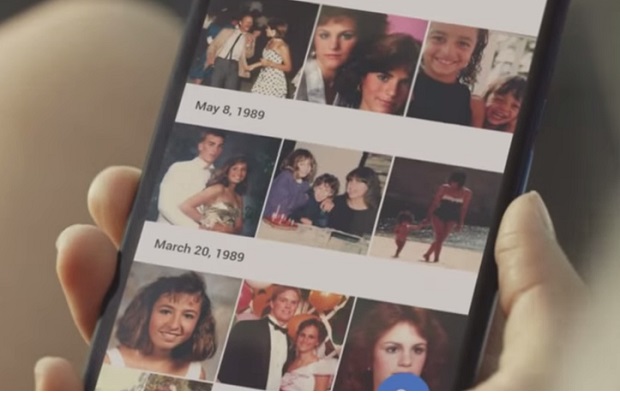Google’s annual I/O conference attracted 10,000 attendees with 2 million others watching on livestream television. As the web giant grows ever-more influential, we look back at some of the highlights from this year’s event, including Android M, Google Now on tap, mobile payments and the fate of Google Plus…
Android M operating system
As anticipated Google announced Android M – said to be “the most powerful Android release yet, with hundreds of improvements”. Further improvements in Android M include better battery life. ‘Doze mode’ could make big improvements to your battery life if your device is just left stationary for a while. On a Nexus 9 tablet the new battery mode extended the battery life up to 50%.
Revamped app permissions process let users change them later. Also an app should only ask for permissions the first time it needs a certain amount of access. An example is a photo app asking to use the camera; later if you want to share a photo from that app it will ask you for permission to access your contacts.
Google Now on tap
Google Now will be expanded in functionality. ‘Now on tap’ is a context sensitive Google Now that will provide assistance based upon what you are looking at on your smartphone at the time. For example if you are listening to a song by Lady GaGa you might ask a question in the context of that media – such as “what’s her real name?” and Google Now will understand what you are enquiring about.
Android Pay app
Android Pay aims to compete in some ways with Apple Pay; and set YouTube and Google Maps free to work without being connected to the Internet.
Similar to Apple Pay, the service will be accepted at many of the same outlets/stores/apps – it will “soon be accepted at over 700,000 store locations” in the US. The Android Pay app will be available on Google Play soon.
Photos app
Google Photos was introduced to offer a free unlimited cloud “home for all your photos and videos” offering free unlimited cloud storage for your personal media. The restrictions are that images up to 16MP and videos up to 1080p will be stored in their original resolutions. Higher res media will be downsampled.
The app isn’t just about storage is also good for organising, finding, tagging and sharing your precious memories. The functionality lets users create collages, animations, movies with soundtracks, and more. Sharing is nice and simple as an ordinary .html link is generated for recipients of your sharing message. Photos is available straight away on Android, iOS and the web.
The fate of Google Plus- connecting common interests
At a separate event after the keynote, Google made it clear the new Photos app doesn’t belong to Plus. Part of a “renaissance in thinking of what Plus is and for”, Google Vice President of Products Bradley Horowitz was quick to quell buzz regarding why Plus and Photos are no longer the same service. Plus is now positioned as a place where users can connect. Horowitz says Plus now a service which “connects people around shared interest and passions”. He also says Google Plus communities have over one million joins a day.The plan for Google Plus moving forward is to “double-down” on connecting people around their common interests. While you can still find Photos in Plus, it’s no longer core to the service, he explained.
Internet of Things Project Brillo
Google confirmed that Project Brillo will be based on its existing Android operating system but is significantly streamlined for use in objects other than smartphones and tablets. Back in 2011 Google announced something called Android@Home, the company’s initial attempt to build an Internet of Things platform.
Updated Carboard virtual reality kit
Google also introduced a second-generation version of Cardboard ‘build your own’ virtual reality kit that required less folding and is adapted to the popularity of large-screen smartphones. A Cardboard software kit works with Apple or Android smartphones, meaning they can be used as screens in the viewers, which can be had for just a few dollars. Hundreds of applications have been created to work with Cardboard, taking advantage of position-sensing capabilities in smartphones to give wearers a sense of looking around in virtual environments while turning their heads.
View the event in full below:
